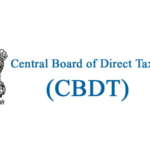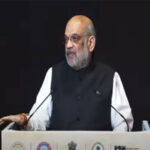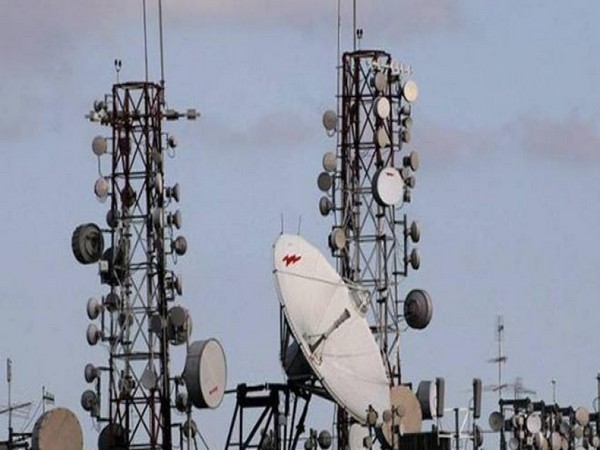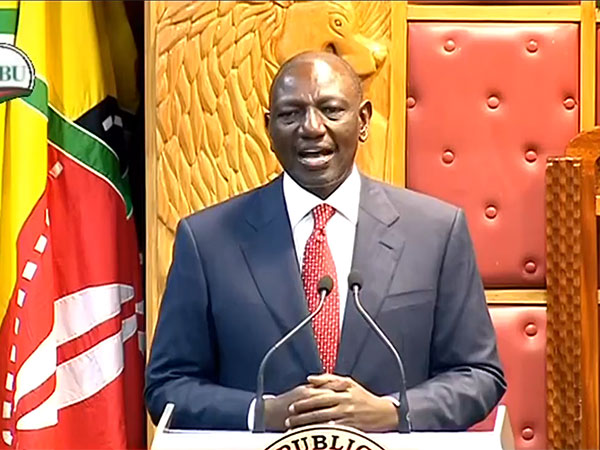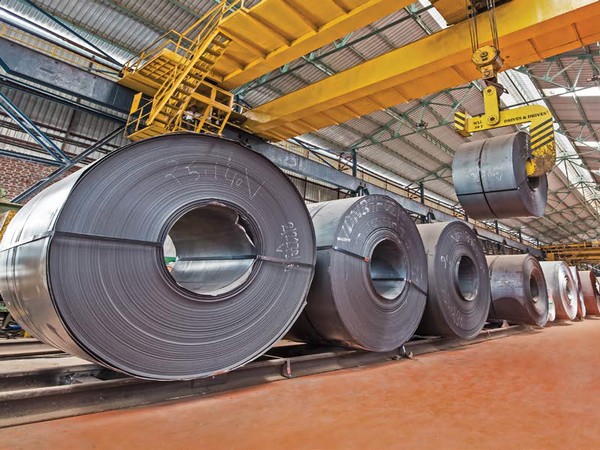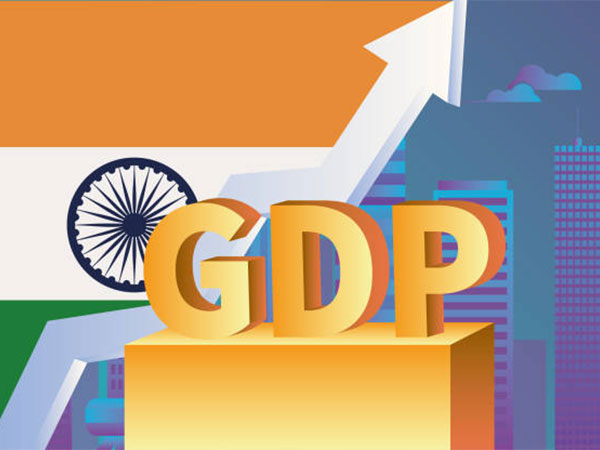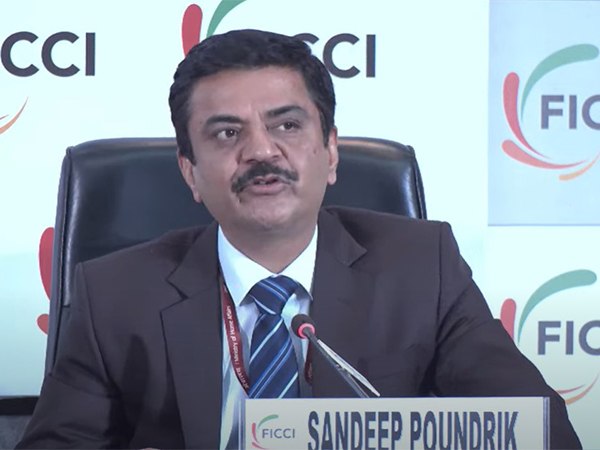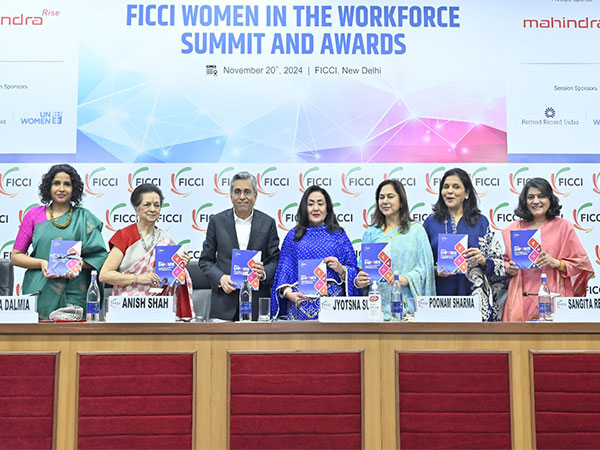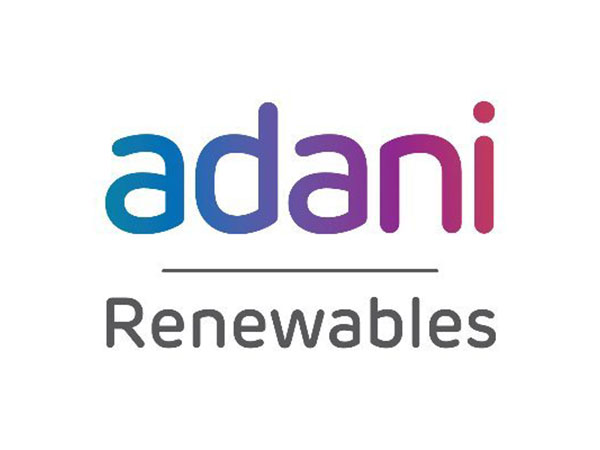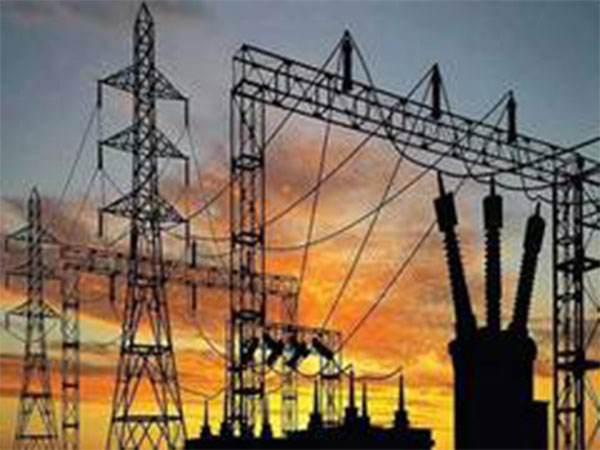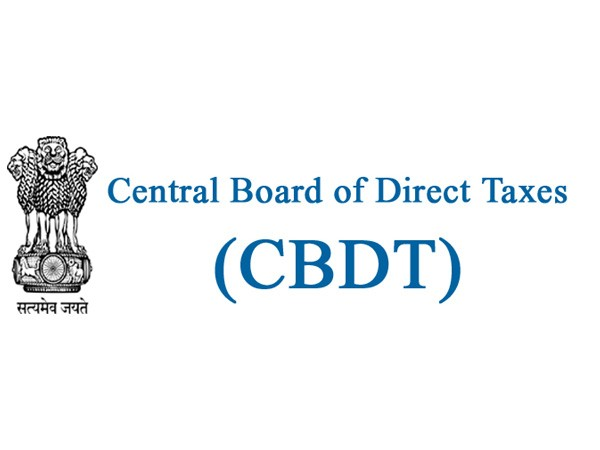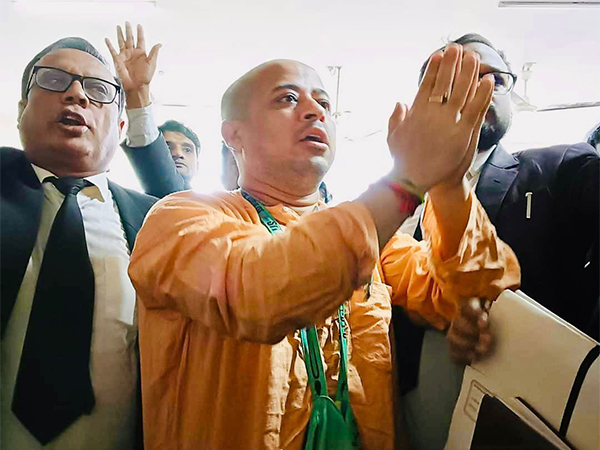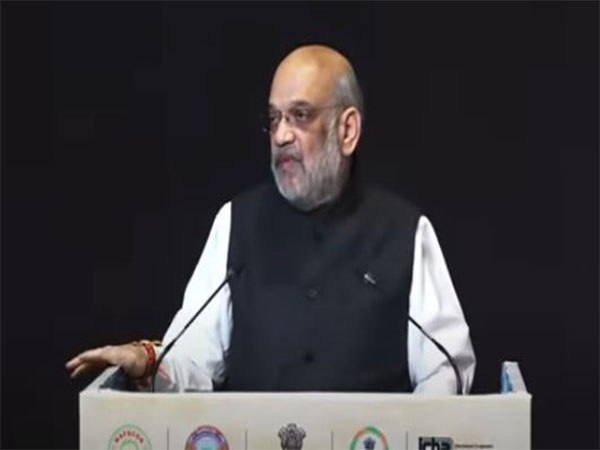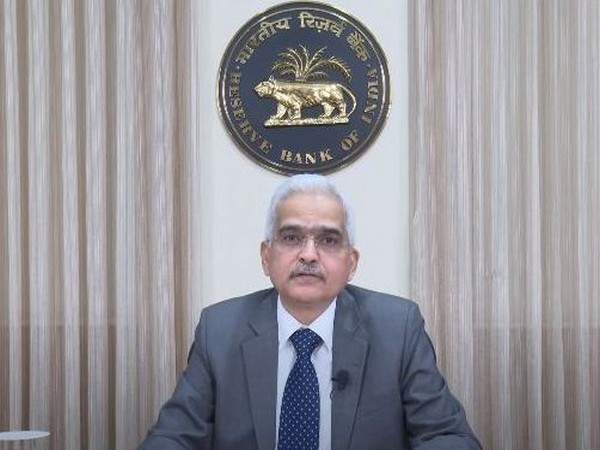
Mumbai (Maharashtra) [India], June 8 (ANI): The Reserve Bank of India‘s (RBI) monetary policy committee unanimously decided to keep the repo rate unchanged at 6.5 per cent. The repo rate is the rate of interest at which RBI lends to other banks.
A consistent decline in inflation (currently at an 18-month low) and its potential for further decline may have prompted the central bank to put the brake on the key interest rate again. Most analysts had expected the RBI to continue to keep the repo rate unchanged.
Inflation has been a concern for many countries, including advanced economies, but India has managed to steer its inflation trajectory quite well. The RBI in its April meeting, the first in 2023-24, had paused the repo rate. Barring the April pause, the RBI raised the repo rate by 250 basis points cumulatively to 6.5 per cent since May 2022 in the fight against inflation.
Raising interest rates is a monetary policy instrument that typically helps suppress demand in the economy, thereby helping the inflation rate decline. India’s retail inflation was above RBI‘s 6 per cent target for three consecutive quarters and had managed to fall back to the RBI‘s comfort zone only in November 2022. Under the flexible inflation targeting framework, the RBI is deemed to have failed in managing price rises if the CPI-based inflation is outside the 2-6 per cent range for three quarters in a row.
Coming to the GDP outlook, the RBI expects India’s 2023-24 GDP growth at 6.5 per cent, with quarter Q1 at 8.0 per cent, Q2 at 6.5 per cent, Q3 at 6.0 per cent, and 5.7 per cent. The RBI governor Shaktikanta Das, while reading the monetary policy statement on Thursday, said the central bank sees risks to these GDP figures as evenly balanced.
As per the provisional estimates released by the National Statistical Office (NSO) recently, real GDP growth for 2022-23 stood at 7.2 per cent, higher than the 7 per cent projected. The government expects an upward revision in the 2022-23 GDP numbers going ahead. Despite global headwinds and tighter domestic monetary policy tightening, various international agencies have forecasted India to be one of the fastest-growing economies in 2023-24, supported by robust growth in private consumption and sustained pick-up in private investment. (ANI)
Repo rate kept unchanged, inflation projection lowered by RBI; experts have this to say
Unchanged repo rate as was expected, lowering of inflation projection, and retention of previously forecasted GDP numbers for 2023-24 were some of the key highlights from the three-day RBI monetary policy review meeting. RBI‘s monetary policy committee unanimously decided to keep the repo rate unchanged at 6.5 per cent. The repo rate is the rate of interest at which RBI lends to other banks.
A consistent decline in inflation (currently at an 18-month low) and its potential for further decline may have prompted the central bank to put the brake on the key interest rate again. Most analysts had expected the RBI to continue to keep the repo rate unchanged. Inflation has been a concern for many countries, including advanced economies, but India has managed to steer its inflation trajectory quite well. The RBI in its April meeting, the first in 2023-24, had paused the repo rate.
Coming to the GDP outlook, the RBI expects India’s 2023-24 growth similar to its earlier estimate of 6.5 per cent, with a quarter projected Q1 at 8.0 per cent, Q2 at 6.5 per cent, Q3 at 6.0 per cent, and Q4 at 5.7 per cent.
As per the provisional estimates released by the National Statistical Office (NSO) recently, real GDP growth for 2022-23 stood at 7.2 per cent, higher than the 7 per cent projected. The government expects an upward revision in the 2022-23 GDP numbers going ahead. Further, RBI lowered India’s inflation projection for 2023-24 to 5.1 per cent against its April estimate of 5.2 per cent.
On a quarterly basis, retail inflation (or Consumer Price Index) in Q1 is seen at 4.6 per cent, Q2 at 5.2 per cent, Q3 at 5.4 per cent, and Q4 at 5.2 per cent, RBI Governor Shaktikanta Das said Thursday while reading out the monetary policy statement after a three-day deliberation. India’s headline inflation has come down during March-April 2023 to 4.7 per cent in April, the lowest since November 2021. “Let me re-emphasise that headline inflation still remains above the target and being within the tolerance band is not enough. Our goal is to achieve the target of 4.0 per cent, going forward,” Das said.
Following are some of the excerpts of views from analysts, economists and other experts on the RBI‘s monetary policy review meeting:
Madhavi Arora, Lead Economist, Emkay Global Financial Services:
On the domestic front, the MPC has reckoned with the recent broad-based decline in inflation, while adding the upside risks, primarily from the manifestation of El Nino and its impact on the monsoon.
We do not see any rate reversal by the RBI in 2023-24.
Subhrakant Panda, President, FICCI:
The Governor’s objective assessment of the economy shows that growth momentum will continue in 2023-24 despite headwinds; there is also a clear moderation in the inflation trajectory, although risks remain on account of uncertainty posed by El Nino and geopolitical developments. FICCI expects the impact of monetary policy interventions till date to pave the way for reversal of the rate hike cycle in due course.
Niranjan Hiranandani, National Vice Chairman, NAREDCO:
India Inc hails the accommodative stance of RBI with a recurrent pause in a repo rate hike at 6.50 per cent as record-high inflation eases off gradually. As a snowball effect, the respite in home loan interest rates will augur well to fuel an uptick in housing sales across the segments. With the festive season in tailwinds, a hiatus in interest rate hikes will act as a growth catalyst and boost sales velocity.
Santosh Meena, Head of Research, Swastika Investmart:
The market had already factored in this policy, maintaining its bullish momentum. The governor’s comment suggests a prolonged pause, pleasing the market. The focus now shifts to global markets, upcoming US data, and Fed policy. The RBI policy is likely a non-event for the market.
Anitha Rangan, Economist, Equirus:
Overall, it appears that in the current favourable balance of growth inflation dynamics with the external sector being manageable, RBI does not want to disturb the balance and using the calm as the “elbow room” to maintain pause. Maintaining its growth estimates at 6.5 per cent and lowering inflation by 10 bp to 5.1 per cent, RBI perhaps is buying time and pushing the hike as far as possible.
Nilesh Shah, Managing Director, Kotak Mahindra Asset Management Company:
The RBI is reminding us of the greatest opening batsman Sunil Gavaskar. Standing without fear in front of a challenging global environment. Taking a fresh stance after scoring a century on a challenging wicket to reassure everyone that ‘Mai Hoon Na’. Indian economy is ideally balanced between growth and inflation under the RBI‘s navigation. The market will be pleasantly surprised if the GDP growth for 2023-24 comes as per the expectations of the RBI at 6.5 per cent.
Ritika Chhabra, Quant Macro Strategist – Prabhudas Lilladher PMS:
There were no surprises on the policy front as we were expecting RBI to hold the rates at 6.5 per cent. The central bank kept its stance unchanged to ‘withdrawal of accommodation’ as it maintains its focus on inflation, citing delay in the monsoon, El Nino impact and geopolitical uncertainties as upside risks to inflation. We expect FY24 inflation at 4.9 per cent slightly lower than RBI‘s estimate of 5.1 per cent, as base effect turns favorable and imported inflation eases.
Suresh Khatanhar, Deputy Managing Director, IDBI Bank:
The lowering of the inflation projection for FY24 to 5.1 per cent signals higher GDP growth and credit offtake can be expected to be higher. However, RBI‘s readiness to take quick decisions in case of any divergence from present expectations on the inflationary front calls for cautionary optimism across the board.
Dhiraj Relli, MD and CEO, HDFC Securities:
MPC members were in a sweet spot in the backdrop of higher-than-expected GDP numbers and moderating headline and core inflation print. (ANI)
